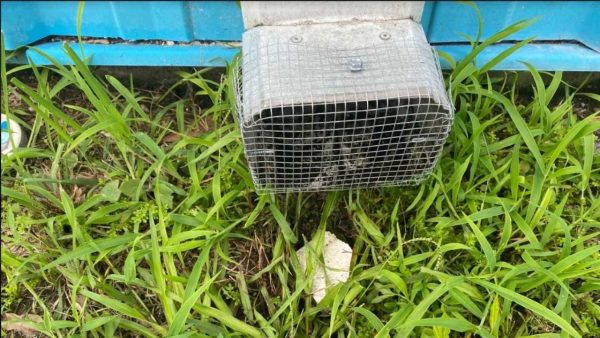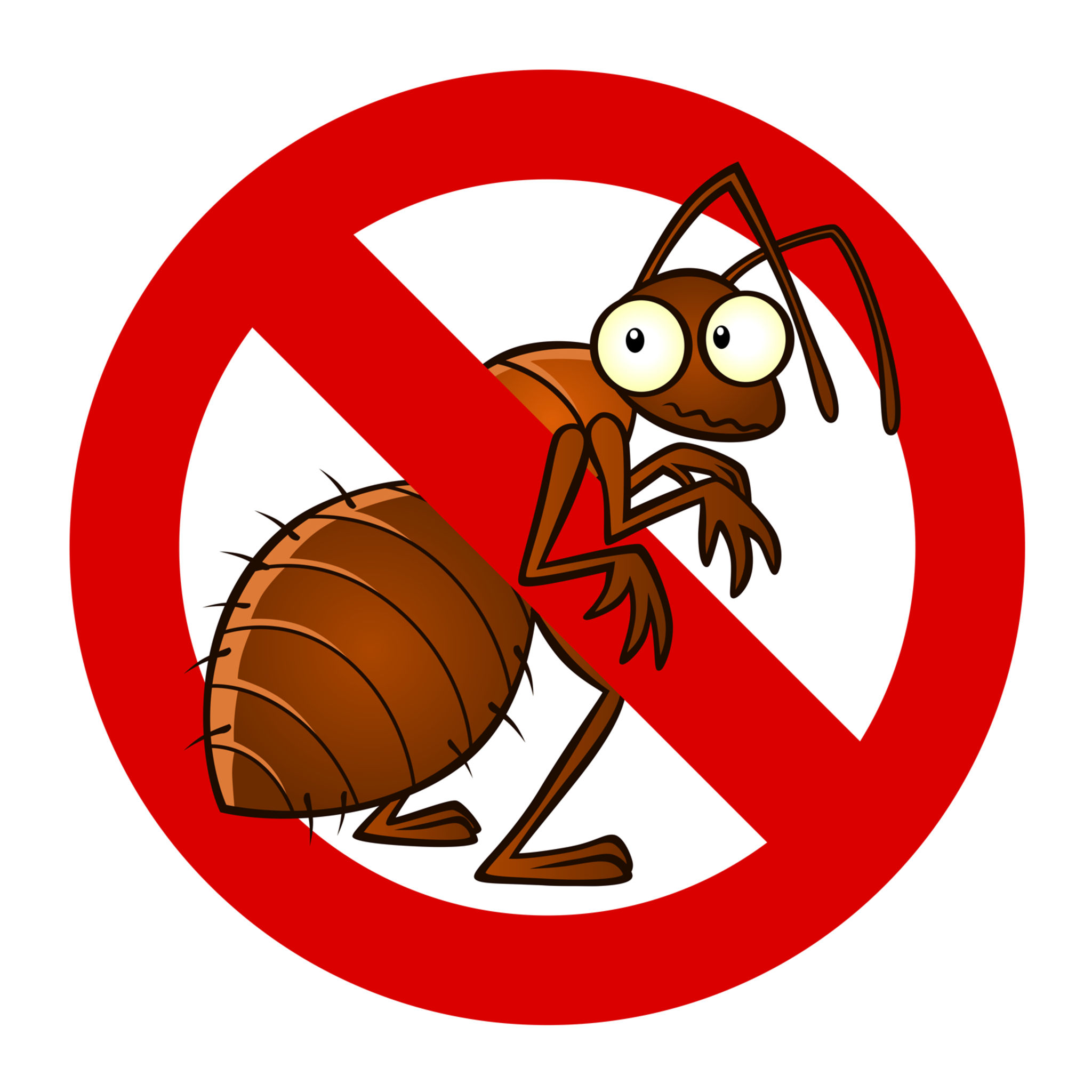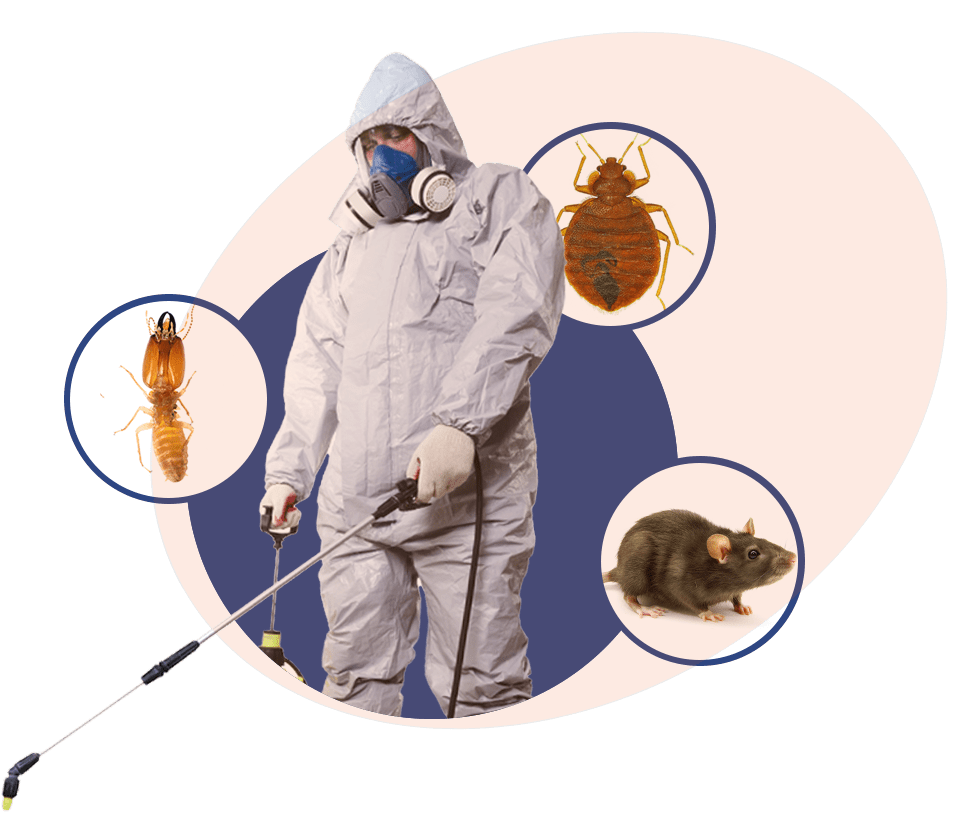Discover the most up to date Advances in Pest Control and Just How to Execute Reliable Treatment Solutions
In current years, the field of bug control has actually experienced significant improvements, driven by the requirement for reliable and lasting therapy options. Ingenious methods such as Integrated Parasite Monitoring (IPM) integrate eco-friendly experiment cutting-edge technology, enhancing both efficacy and ecological obligation. The combination of smart technologies and Do it yourself techniques has actually encouraged people to deal with pest concerns a lot more efficiently. As we discover these growths, it comes to be vital to recognize exactly how best to carry out these methods in various setups to achieve optimum results. The ramifications for parasite administration practices can be transformative.
Eco-Friendly Insect Control Options
Recently, the need for green insect control choices has surged as services and homeowners alike look for lasting choices to traditional chemical therapies. This shift is driven by expanding environmental understanding and a wish to reduce the health and wellness threats related to artificial chemicals.

Green pest control methods incorporate a variety of strategies that focus on using all-natural materials and practices. Integrated Parasite Administration (IPM) is one such approach, incorporating organic, cultural, and mechanical tactics to handle pest populaces while decreasing dependence on chemicals (Wildlife removal services). This all natural method emphasizes avoidance through environment control and the introduction of all-natural predators, therefore promoting a balanced ecosystem
One more preferred option is making use of organic chemicals obtained from plants, which often tend to be less hazardous to non-target organisms. Products like neem oil and diatomaceous earth have actually gained traction for their efficiency in managing pests while presenting marginal risks to human health and wellness and the setting.
In addition, exclusion strategies, such as sealing entry points and preserving sanitation, play an essential duty in environmentally friendly bug monitoring. By adopting these lasting methods, people and organizations can efficiently handle parasites while advertising a much healthier planet for future generations.
Smart Innovation in Bug Administration
Innovation is reshaping the landscape of insect management, with smart innovation becoming a crucial force in boosting performance and performance - Wildlife removal services. The assimilation of Internet of Points (IoT) devices, expert system (AI), and information analytics is transforming exactly how bug control experts approach infestations
Smart traps geared up with sensors can discover insect activity in real-time, sending out immediate notifies to operators. This permits prompt actions, lessening damages and lowering the requirement for comprehensive treatments. In addition, AI formulas assess historic information to anticipate insect actions, making it possible for proactive treatments based upon environmental problems and invasion patterns.
Drones and automated vehicles are also playing a considerable role in parasite administration, providing aerial assessments of big areas, recognizing hotspots, and even dispersing targeted therapies. These modern technologies not only simplify operations yet likewise enhance safety by restricting human exposure to possibly damaging chemicals.
Furthermore, mobile applications empower consumers to keep track of pest activity and access professional guidance, fostering a collective approach to pest administration. Overall, the adoption of clever modern technology is establishing a new requirement in pest control, stressing data-driven decisions and lasting practices that eventually profit both professionals and house owners alike.
Integrated Pest Monitoring Approaches
Integrated Parasite Monitoring (IPM) uses an all natural strategy to pest control, incorporating different strategies to effectively handle pest populations while lessening threats to human health and the environment. IPM rotates around comprehending the pest life cycle, their all-natural opponents, and the ecosystem in which they thrive.
Among the fundamental components of IPM is keeping an eye on pest populaces via normal examinations and data collection. This enables the identification of bug limits, figuring out when intervention is needed. Social methods, such as crop cleanliness, rotation, and habitat control, my blog are crucial in decreasing insect prevalence and advertising plant health and wellness.
Mechanical controls, consisting of traps and barriers, are additionally vital in IPM. These methods can literally get rid of or prevent bugs without the use of chemicals. When required, the sensible application of chemical controls is employed, focusing on targeted therapies that reduce environmental impact.
Education and learning and cooperation among stakeholders, including farmers, parasite control experts, and the neighborhood, are crucial for the effective implementation of IPM approaches. By focusing on sustainable techniques, IPM not just addresses pest issues yet also promotes a much healthier ecological community.
Biological Control Techniques
Various organic control methods are significantly acknowledged for their efficiency in managing parasite populations while advertising ecological equilibrium. These approaches harness natural killers, parasites, and virus to reduce pest numbers without counting on synthetic chemicals. For instance, the introduction of ladybugs can effectively manage aphid populations, while nematodes target soil-dwelling bug larvae.
Furthermore, making use of microbial pesticides, such as Bacillus thuringiensis (Bt), gives an eco-friendly option for taking care of caterpillar insects. These items specifically target pest types, decreasing harm to beneficial bugs and pollinators. Furthermore, conservation organic control stresses enhancing environments for natural opponents, such as birds and beneficial insects, consequently urging their visibility in agricultural systems.
Study remains to expose ingenious techniques within this area, such as making use of scents to disrupt pest mating patterns or the development of biocontrol agents through genetic design. Executing these techniques more helpful hints can result in sustainable insect administration techniques that alleviate the dependence on chemical interventions, eventually promoting healthier environments. As awareness of these techniques expands, they are ending up being indispensable elements of integrated insect management (IPM) techniques, providing a balance in between reliable bug control and ecological stewardship.
DIY Parasite Control Solutions
As homeowners look for reliable methods to tackle insect problems, do it yourself insect control solutions have actually acquired popularity for their availability and cost-effectiveness. These methods encourage people to deal with invasions using conveniently available materials and strategies, usually without the demand for professional treatment.

In addition, keeping appropriate cleanliness and routine assessments can avoid pest access and nesting (Wildlife removal services). Basic practices, such as sealing cracks, getting rid of food sources, and decluttering, can considerably diminish bug populations. Traps, both homemade and commercially available, can also provide reliable services for tracking and managing details parasites like insects or rats

Conclusion
The integration of eco-friendly parasite control options, wise technology, and cutting-edge administration strategies offers an extensive approach to efficient bug management. By welcoming Integrated Bug Management (IPM) and making use of biological control approaches, along with do it yourself services, lasting and accountable pest control can be accomplished. These improvements not only boost the efficiency of bug management techniques but also add to a much healthier environment. Applying these techniques cultivates a balanced ecological community while properly resolving pest populations.
Eco-friendly pest control techniques include a variety of approaches that focus on the usage of all-natural substances and techniques. Integrated Pest Monitoring (IPM) is one such approach, integrating biological, social, and mechanical techniques to take care of insect populations while decreasing reliance on chemicals. As awareness of these strategies grows, they are coming to be integral elements of integrated insect administration (IPM) techniques, providing a balance between reliable parasite control and environmental stewardship.
The combination of green bug control alternatives, wise innovation, and innovative administration methods provides a thorough technique to efficient pest monitoring. By welcoming Integrated Parasite Management (IPM) and making use of organic control techniques, alongside Do it yourself remedies, lasting and accountable insect control can be accomplished.